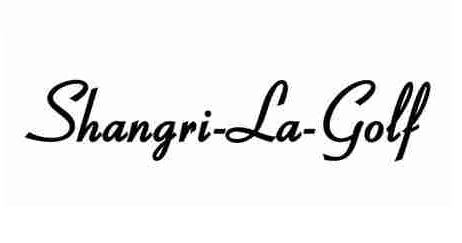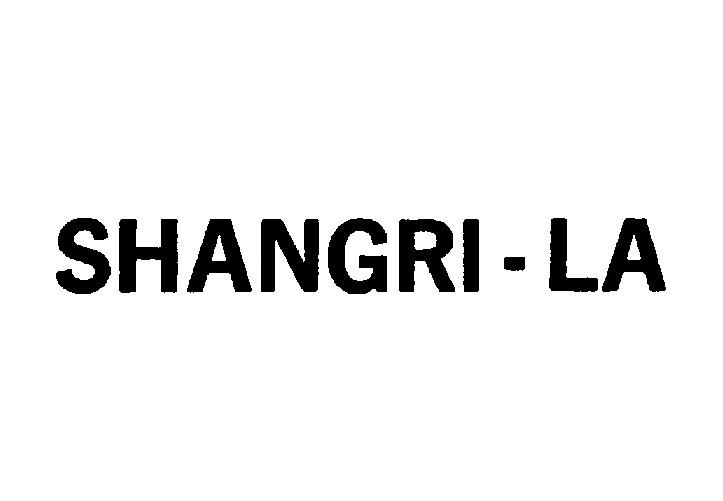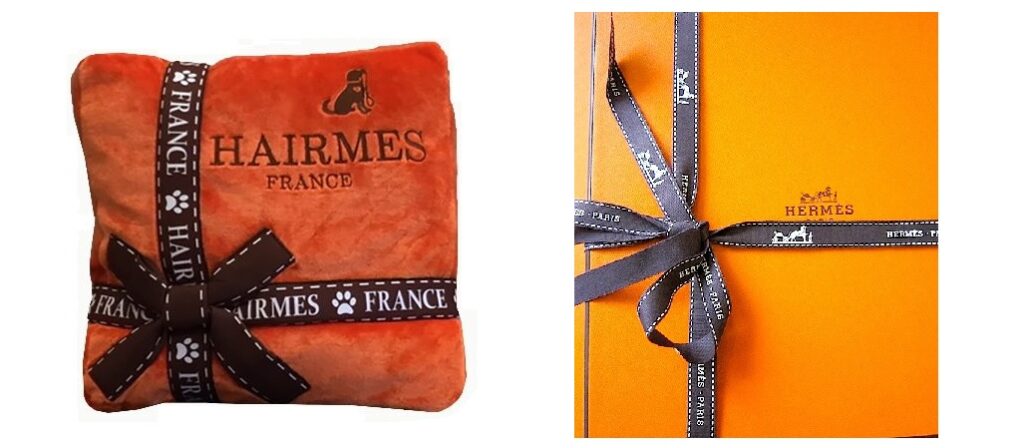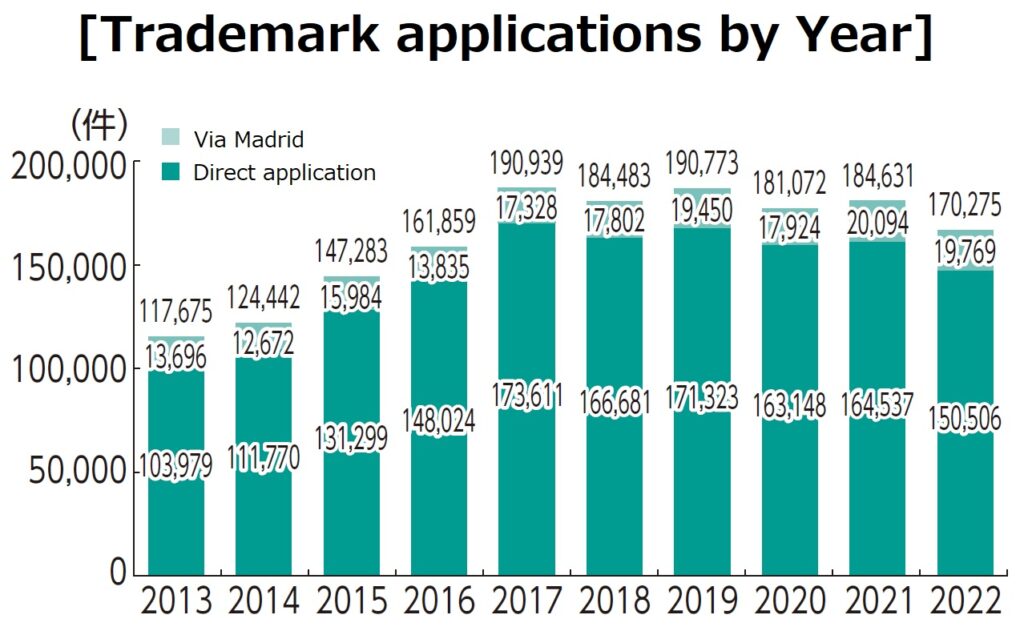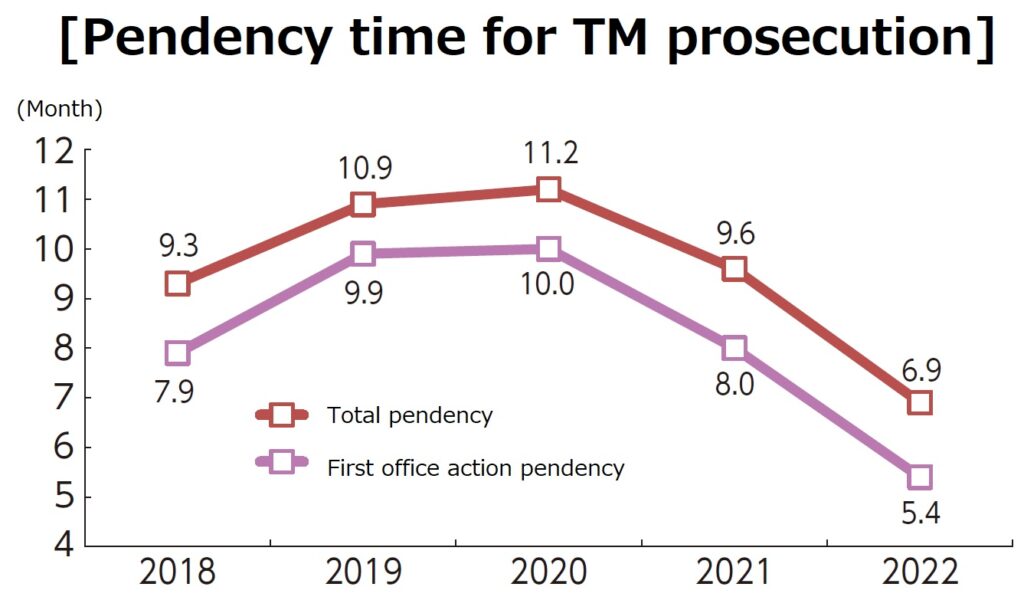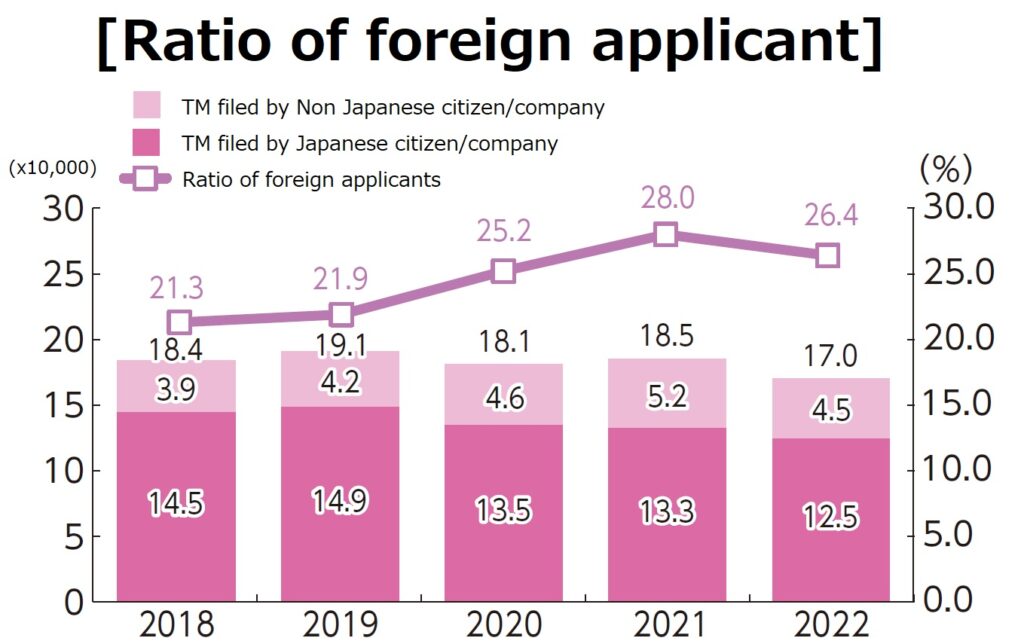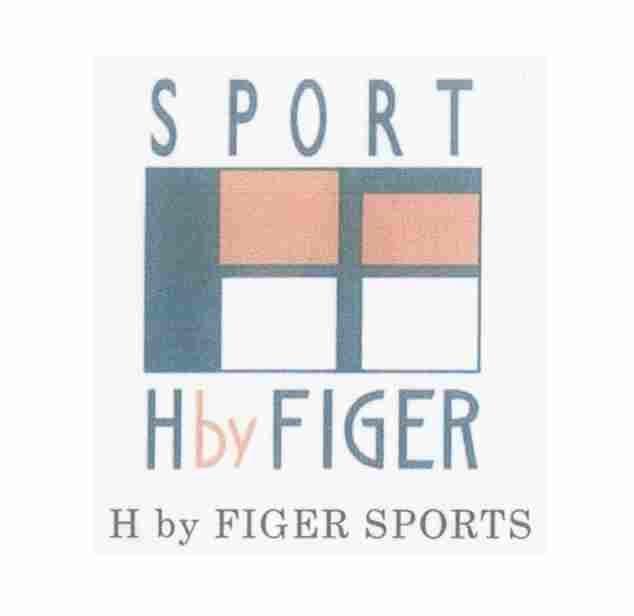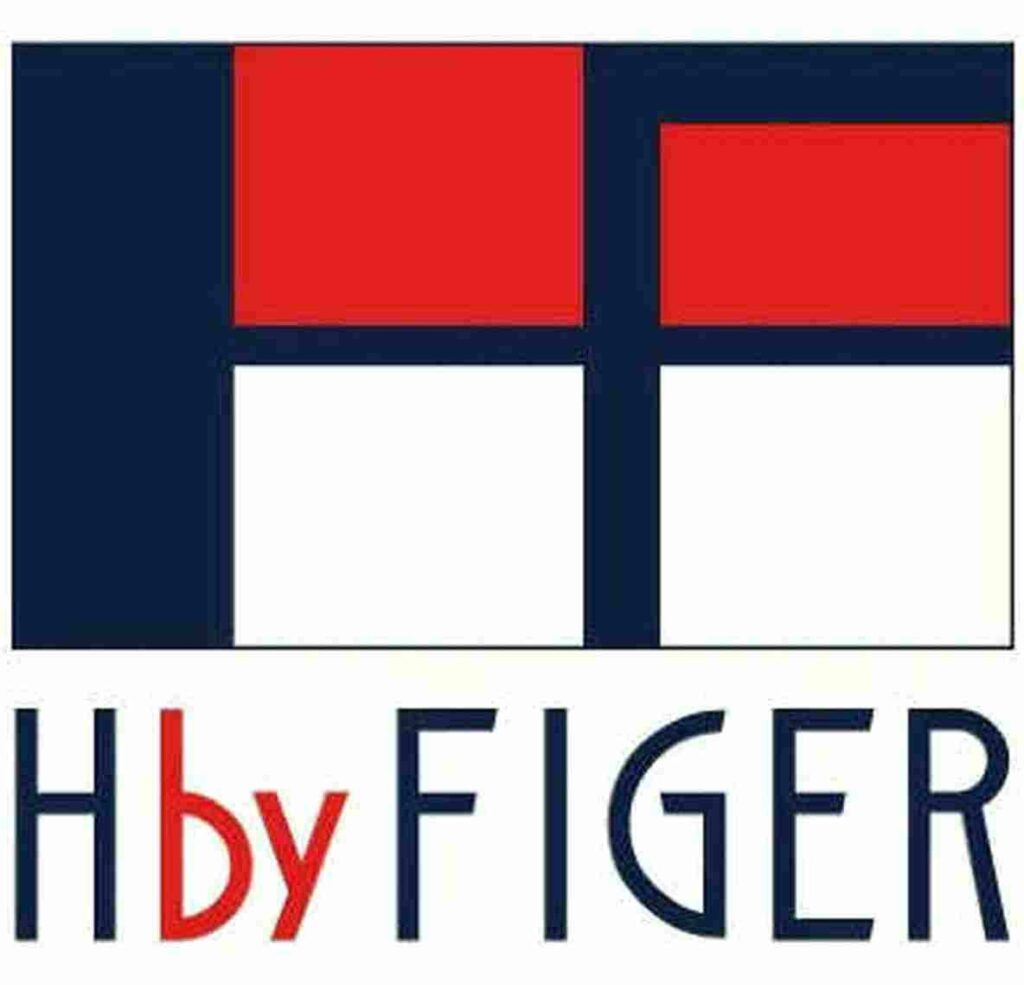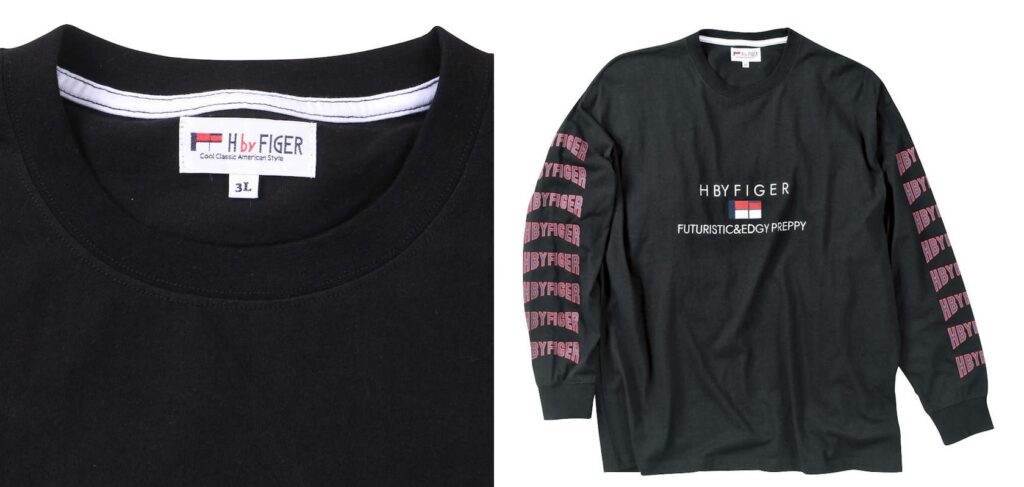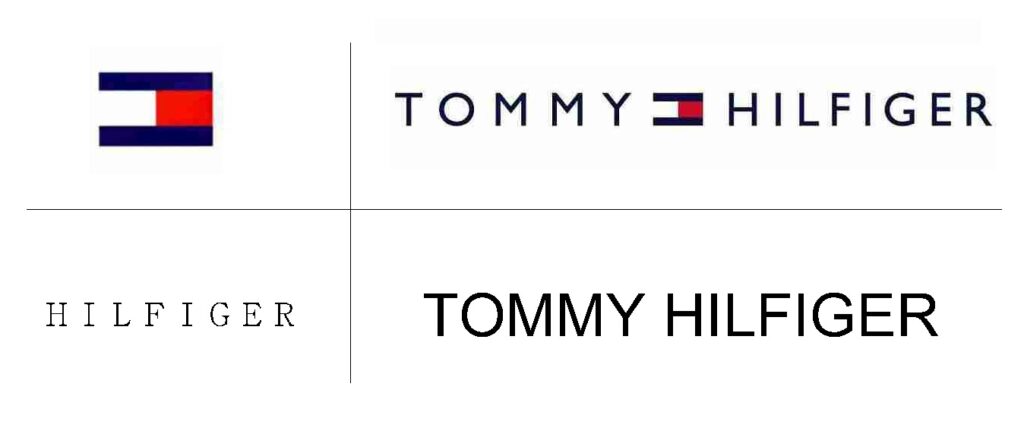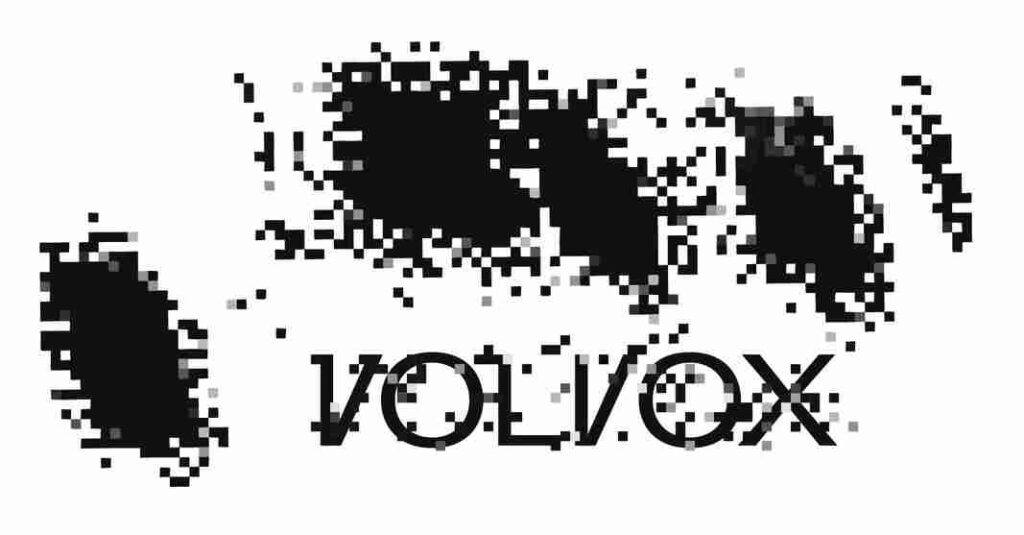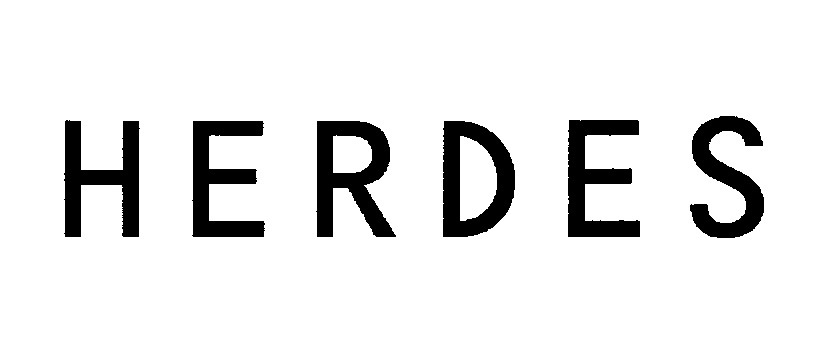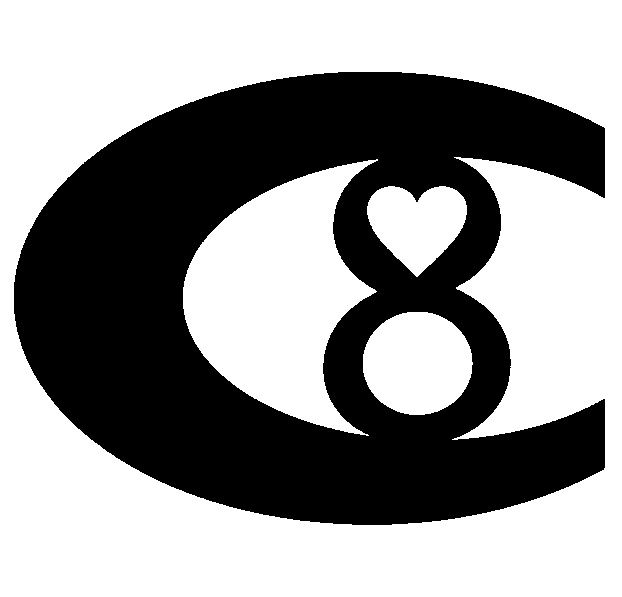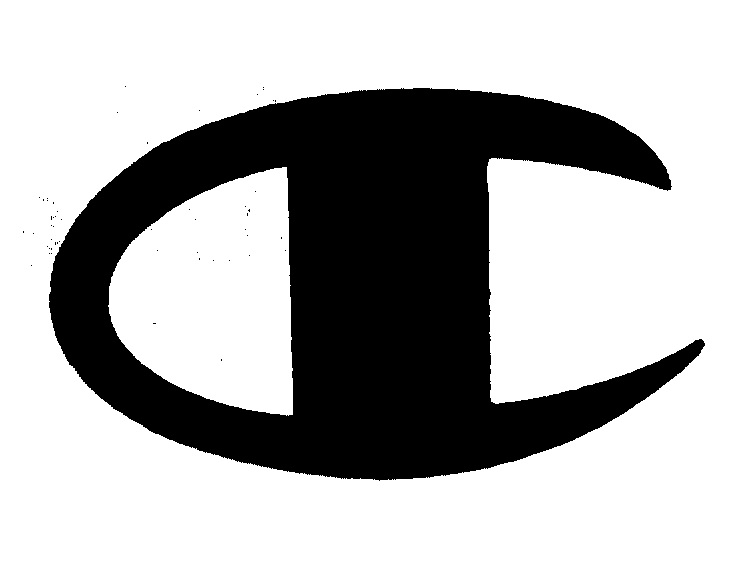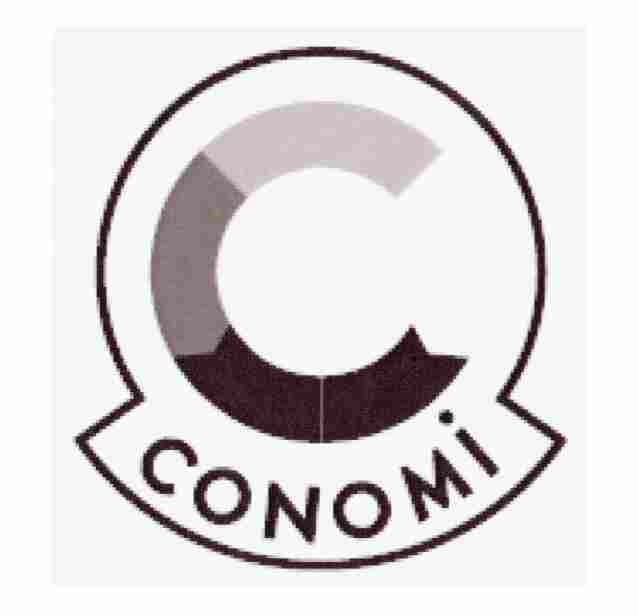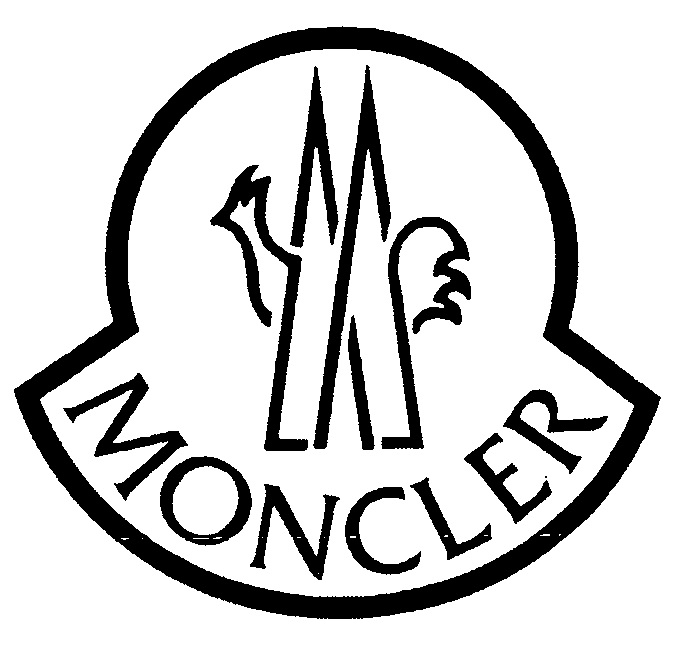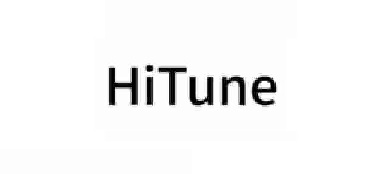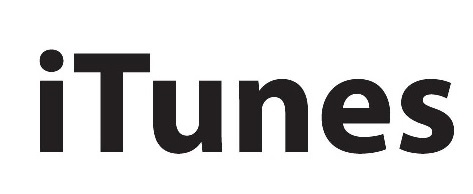The Japan Patent Office (JPO) didn’t side with LOUIS VUITTON MALLETIER in an opposition against TM Reg no. 6595438 for wordmark “Rui vuit” in class 25 due to dissimilarity to the “LOUIS VUITTON” mark.
[Opposition case no. 2022-900422, decided on August 14, 2023]Rui vuit
Opposed mark, consisting of a word “Rui vuit” in standard character, was sought for registration by a Chinese citizen for use on clothing and sports shoes (cl.25) with the JPO on December 24, 2021.
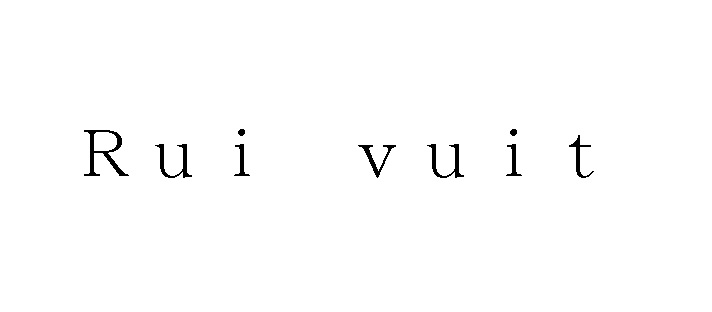
The JPO examiner did not raise any refusal and granted protection of the mark on July 12, 2023. Subsequently, it was published for a post-grant opposition on August 10 ,2022.
Opposition by Louis Vuitton
On October 7, 2022, LOUIS VUITTON MALLETIER filed an opposition with the JPO and claimed that the opposed mark shall be cancelled in contravention of Article 4(1)(xi) and (xv) of the Japan Trademark Law by citing earlier TM registrations for wordmark “LOUIS VUITTON” in classes 9, 14, 18, 24, 25, 35.
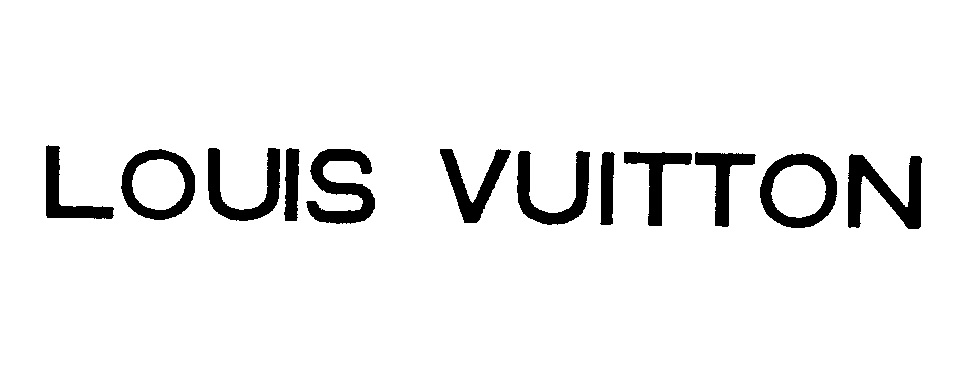
Article 4(1)(xi) is a provision to prohibit the registration of a junior mark that is identical with, or similar to, any senior registered mark.
Article 4(1)(xv) provides that a mark shall not be registered where it is likely to cause confusion with other business entities’ well-known goods or services.
Louis Vuitton argued the opposed mark “Rui Vuit” shall be confusingly similar to “LOUIS VUITTON” especially in sound. A mere difference of sound “n” in the suffix would be trivial and give a similar impression as a whole to the extent that consumers are unable to sufficiently distinguish.
JPO Decision
The JPO Opposition Board denied similarity between “Rui vuit” and “LOUIS VUITTON” by stating:
“There is no doubt that both marks are visually distinguishable because respective mark represents a different word with different spellings.
Aurally, even if both sounds share the two initial sounds “lü-ˈē”, the overall sounds are easily distinguishable by virtue of difference in an “n” sound at the end.
Conceptually, the opposed mark does not have a specific conception. In the meantime, the cited mark gives rise to a meaning of famous fashion brand “Louis Vuitton”. If so, there is no similarity in concept.
Therefore, the Board has a reason to find a low degree of similarity between two marks, and even when used on the same or similar goods, there is no risk of confusion due to the dissimilarity of the marks.”
Based on the foregoing, the Board dismissed the entire allegations and decided the validity of the opposed mark as the status quo.

